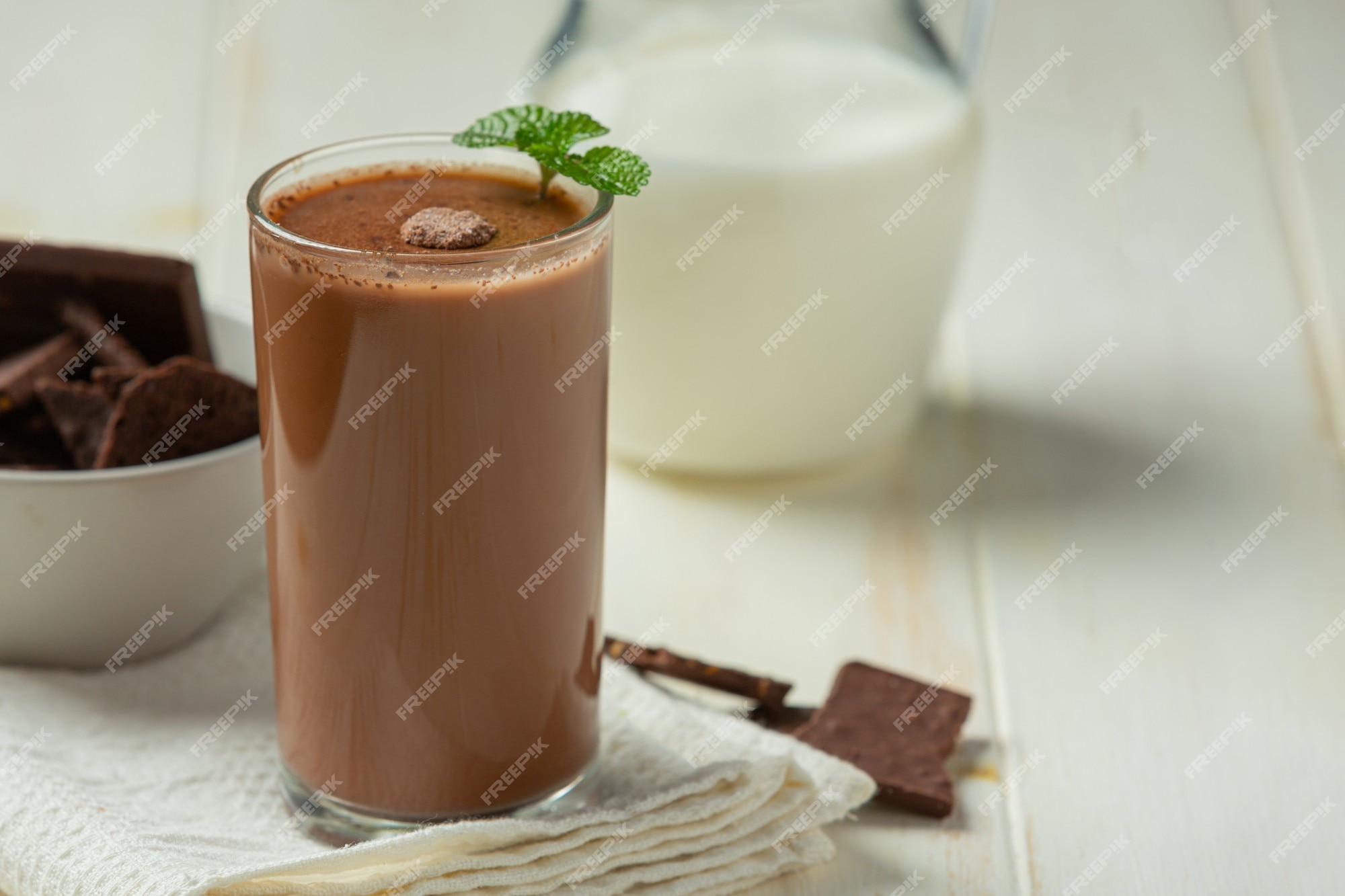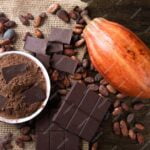
Introduction
Chocolate milk is a delightful beverage loved by many for its rich, creamy flavor. However, it’s crucial to understand the impact of leaving it out and how it affects its quality and safety.
The Composition of Chocolate Milk
Chocolate milk typically consists of milk, cocoa, sugar, and sometimes additional flavorings. Each component contributes to the taste and texture of this beloved drink. However, this delicious blend also creates an environment prone to bacterial growth.
Room Temperature Exposure
Leaving chocolate milk at room temperature is a common scenario, especially when forgetfulness strikes. But how long is too long? In general, it’s advisable not to let chocolate milk sit out for more than two hours. Beyond this timeframe, the risk of bacterial contamination increases significantly.
Refrigeration Guidelines
For optimal freshness and safety, refrigeration is key. Chocolate milk should be stored at temperatures below 40°F (4°C). This slows down bacterial growth, preserving the beverage’s quality. Always check the packaging for specific storage recommendations.
Bacterial Growth in Milk
Milk is an excellent breeding ground for bacteria, and chocolate milk is no exception. Bacteria multiply rapidly at room temperature, potentially leading to spoilage. Consuming spoiled chocolate milk can result in digestive issues, emphasizing the importance of proper storage.
Factors Influencing Shelf Life
The shelf life of chocolate milk depends on various factors, including packaging and the quality of the milk used. Sealed, airtight containers and high-quality milk contribute to a longer shelf life.
Smell and Appearance Check
To determine if chocolate milk has gone bad, rely on your senses. Spoiled milk often has a sour smell and may exhibit changes in color or consistency. If anything seems off, it’s safer to discard the milk.
Health Concerns
Consuming spoiled chocolate milk can lead to stomach discomfort and other digestive problems. Practicing safe food handling and storage is essential to prevent such issues.
Comparative Shelf Life
Compared to regular milk, chocolate milk may have a slightly shorter shelf life due to its additional ingredients. However, proper storage can significantly extend its freshness.
Best Practices for Storage
To ensure your chocolate milk remains delicious and safe, follow these best practices:
- Refrigerate promptly after opening.
- Keep the container tightly sealed.
- Check the expiration date on the packaging.
Sustainability Considerations
Reducing food waste is essential. Opt for eco-friendly packaging and be mindful of your chocolate milk consumption to contribute to a more sustainable lifestyle.
Consumer Queries on Chocolate Milk Storage
Q1: Can I still drink chocolate milk after it’s been left out for a few hours? A: It’s safer to discard chocolate milk left out for more than two hours to avoid potential health risks.
Q2: How can I tell if my chocolate milk has gone bad? A: Check for a sour smell, unusual color, or changes in consistency. If in doubt, it’s better not to consume it.
Q3: Does refrigerating chocolate milk after it’s been left out make it safe to drink? A: Refrigeration can slow down bacterial growth but may not entirely eliminate the risk of spoilage. It’s best to follow recommended storage guidelines.
Q4: Can I freeze chocolate milk to prolong its shelf life? A: Freezing chocolate milk is not recommended, as it can affect its texture and taste. Stick to refrigeration for optimal results.
Q5: Are there any preservatives in chocolate milk to enhance its shelf life? A: Some commercially available chocolate milk may contain preservatives. Check the product label for specific information.
Chocolate Milk Myths Debunked
Myth: Chocolate milk lasts forever. Fact: While chocolate milk has a shelf life, proper storage is crucial to maintain its quality and safety.
Myth: Freezing chocolate milk is a great way to extend its shelf life. Fact: Freezing can alter the texture and taste of chocolate milk. Stick to refrigeration for preservation.
Conclusion
In conclusion, the longevity of chocolate milk depends on proper storage. Refrigeration, adherence to expiration dates, and sensory evaluations are key to enjoying this delicious beverage safely. By adopting best practices, you can savor your chocolate milk without compromising on taste or health.
FAQs
- How long is it safe to leave chocolate milk out at room temperature?
- Avoid leaving chocolate milk out for more than two hours to prevent bacterial contamination.
- Can I drink chocolate milk after the expiration date?
- It’s advisable to adhere to the expiration date for optimal freshness and safety.
- Is there a difference in shelf life between homemade and store-bought chocolate milk?
- Store-bought chocolate milk often undergoes pasteurization, extending its shelf life compared to homemade versions.
- What should I do if my chocolate milk smells strange but hasn’t reached the expiration date?
- Trust your senses. If the smell or appearance seems off, it’s safer to discard the chocolate milk.
- Can I use expired chocolate milk for baking?
- It’s not recommended to use expired chocolate milk in baking, as the quality and safety may be compromised.










